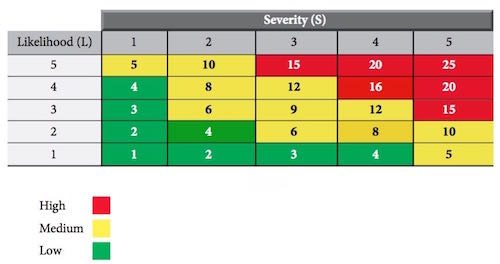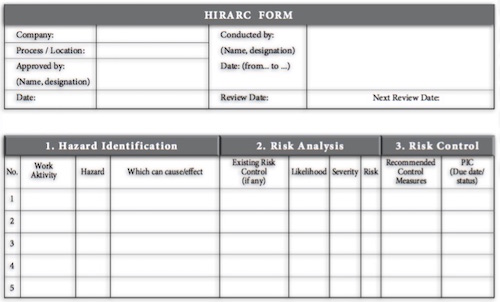Electricity is a necessity, but it can kill or severely injure people and cause damage to property. However, with simple precautions taken when working or near electricity and electrical equipment can reduce the risk of injury to you, workers and other people around.
Electrical Hazard / Risk
- Equipment misused.
- Wires are exposed and damaged plug
- Incorrect Connection / disconnection
- High power load

Precautions:
- Create isolation / de-fuse the equipment before work started
- Make sure that the tag is in place
- Check that the equipment is in good condition before use
- Regular maintenance will ensure that the equipment always in good condition and properly
- Avoid bend / press / crash onto the wire
- Keep the work area clean and DRY
- Use the shoes and gloves root / coated rubber when handling live wires.
Static Electricity Hazard / Risk
In the most dangerous potential source of ignition is. It occurs when fuel is available, and cannot be seen until the occurrence of a fire strikes.
How is static electricity produced?
- Can occur when the flow of fuel or when materials rub against each other.
What are some ways that can control static electricity?
- A static electric charge potential can be de-charge by touching different to other body potential.
Precautions:
Always be properly grounded to prevent static generation.
For example during refuelling, the tanker and gantry tools need to be in the same situation and the potential of this is achieved through bonding.
image credit: utexas.edu
image credit: utexas.edu
















